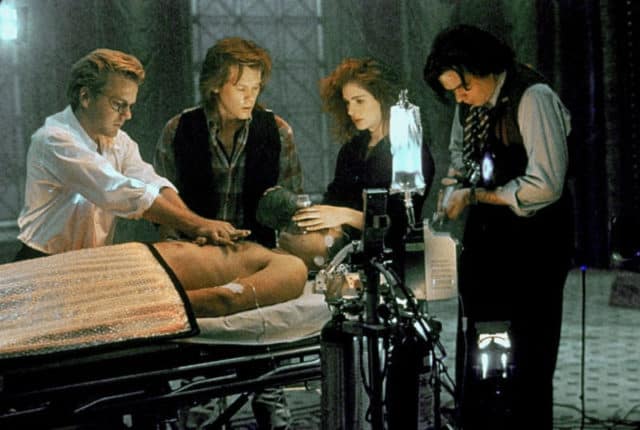
Is it possible to save someone’s life with CPR? Yes, very much so, but the myth that they will wake up and be able to talk is kind of irritating to most doctors and hospital workers. It’s not unreasonable to expect that Hollywood will add its own layer of glam and hard to believe facts to the many films and TV shows that have anything to do with medical procedures of any type. What needs to be remembered though is that these are actors in these roles, and that few of them are really expected to know the proper use of CPR or how it will work. That being said it’s never advisable to do what you see on TV or in the movies largely because there is a good chance that you’ll wind up hurting someone very badly.
Just to make the point a little clearer here are a few things to remember pertaining to CPR in Hollywood versus real life.
The survival rate is much lower in real life.
In a lot of shows and movies you’ve probably seen victims that have suffered some type of damage that stops their heart being revived miraculously by CPR. The survival rates in most shows can be anywhere from 40 to nearly 70 percent. But that’s movie magic. The true survival rate when administering CPR is about 2 to 8 percent. Look at it this way, in the movies there’s almost always someone on hand to help the person that’s just had the attack or suffered intensive damage. In real life it’s just not that way. If you flat-line, chances are better that you’ll be on your own without anyone to help.
Flat-lining is a sign that it’s pretty much over.
The most dramatic moments come when a patient flat-lines in a scene. That’s when the doctor or concerned individual really gets into it and starts pumping away or charging up the defibrillator to shock the heart into beating again. The problem with that is that the defibrillator is used to even out an irregular heartbeat, not to shock a flat-lined heart back into action. CPR can help, but so can epinephrine at that point since the heart is no longer contracting. Shocking a still heart is never a good idea.
The use of the defibrillator.
A lot of times you will see the technician give the pads of this machine a “lucky rub” before placing them on the chest of the victim. This is a useless gesture that does little more than damage the machine. Also, the placement of the pads is often a frustrating thing for doctors to watch when viewing a film, as the placement can be on opposite sides of the chest or even far too low to cause any effect. The placement is recommended to be one pad on the right center of the chest above the nipple and the other to the left of the rib cage. Those that place them on the side in movies might as well be trying to cook a person’s liver.
CPR is not a magic act that will bring a person back to life, and it will never allow a person to cough up a gallon of seawater or hold a conversation just seconds after being resuscitated. It’s used to keep the heart beating and the patient alive, that’s it.
 Follow Us
Follow Us





